The Lowdown on Tennis Elbow
Welcome back to the Total Performance Newsletter! If you are a new subscriber and did not receive previous editions, check out the "Newsletter" tab on my website (www.totalperformance-pt.com) and they are all posted there. This month, we will continue to take a look at some specific movement and injury-related issues that commonly arise and how to deal with them.
Before we dive into today's topic, I wanted to give a quick social media plug. Follow us on Instagram (@total_performance_pt) and Facebook (@Total Peformance Physical Therapy). I have been more active in those places and will be making regular posts on ways to further help you move better, feel better, and perform better!
Getting back to today’s newsletter, we are going to discuss lateral epidondylitis, otherwise known as tennis elbow. We'll explain what it is, why it happens, and what to do about it. Let's get going.
What is Tennis Elbow
The formal name for tennis elbow, lateral epicondylitis, tells us exactly what it is. It is inflammation of the lateral epicondyle. The lateral epicondyle is the bump on the outside part of your elbow, and it serves as the attachment for 6 muscles in your forearm. When these muscles, especially the extensor carpi radialis brevis, are overused, the tendons can be come inflamed and painful at this attachment point. It is important to note that this does not just occur from tennis, but from any action or motion that puts repetitive stress on the elbow. Here is a picture to help understand the anatomy.
Why it happens
Tennis elbow is the quintessential "overuse" injury. It doesn't happen from a traumatic fall or impact-it simply develops from repetitive stress on the extensor muscles of the forearm. The key to understanding why tennis elbow develops is to understand the different factors that can lead to overuse. Here are the three main factors:
Force Distribution and Range of Motion Limitations
If you have ever come to see me for aches or pains that seemed to have come out of nowhere, you have likely heard this talk before. Whenever our body moves, it absorbs and produces force in order to perform the intended task. In a perfect world, each part of our body has adequate range of motion and can distribute this force evenly across all muscles and joints. However, if we are lacking a range of motion in a specific area, our body will compensate to perform the task. When we compensate, our body will distribute the force unevenly across our muscles and joints. The muscles and joints that take on the extra force are prone to overuse symptoms.
Relating directly to tennis elbow, it is important to figure out which, if any, ranges of motion are limited. It is important to look at the shoulder, ribcage, forearm, and wrist. In some cases, even looking at the hips and legs are beneficial. Depending on the task that seems to be causing the elbow pain, if ranges of motion are missing at any of these joints, it is possible that the resulting compensation is putting extra force on the elbow, leading to inflammation at the lateral epicondyle.
Poor Sport-Specific or Movement Technique
This one is similar to above, but specifically related to the technique of a given task. If your technique with a given task is suboptimal, this can also be putting extra force on the elbow, leading to symptoms. This can be the case for sport movements or just things you do every day.
For example, even if all your joints have adequate range of motion, it is possible that your backhand swing in tennis is just off. Maybe your arms, shoulder, wrist, or even hips don't get in the correct position to hit the ball and follow through properly. You are still able to hit the ball and continue playing, but over time these suboptimal swings are going to put repetitive stress on the elbow and can inflame the tendons attaching to the lateral epicondyle.
Another example that I commonly see is simply the way you might be grabbing something, such as a water bottle. It may seem silly, but I often take a look at how people pick up and carry a water bottle. Sometimes, without you even noticing, you put extra pressure through certain fingers when you lift up the bottle. The muscles that control your fingers are some of the muscles that attach to the lateral epicondyle, and again, over time the tendons of the muscles controlling the overworked fingers can lead to elbow symptoms.
Too Much Volume
Volume just means the amount of times that you do something. Doing too much too fast, or too much without adequate recovery, can lead to tendon inflammation. If you went from not exercising at all to suddenly doing heavy bicep and tricep workouts 4 times per week, that spike in volume might be too much for your body handle and can irritate the elbow. Similarly, maybe your body has adapted to heavy bicep and tricep workouts 4 days per week (important side note-heavy arm workouts 4x/week is way too much and not necessary-this is just an example to make the point), but you never back off and let your body recover, this can also lead to tendon irritation. Even if your joint range of motion and movement technique is all squared away, it's still important to consider the impact that volume of an activity has on your joint health.
What to do about it
First and foremost, if you are having pain it is important to get evaluated by a qualified professional. They will be able to guide you on the plan of care that is specific to you. With that said, here is some general advice on what to do that is related to the 3 causes outlined above.
Common Ranges of Motion to Improve
Again, a qualified professional will be able to tell you exactly which motions may need to be improved, but generally speaking if you can get the ribcage, shoulder, and elbow/forearm moving well, you are going to keep your elbows happy. Here is a sequence of exercises that hits all of those areas (the names of the exercises are links to video descriptions).
Self Massage Elbow; as needed
the goal here is to loosen up the forearm muscles-when they get inflamed/irritated, they will tighten up to protect the area; getting them to relax is key to relieving pain and improving motion
Foam Roller Rib Smash Breathing; 2-3 sets of 8-10 breaths
the goal here is to open up the ribcage, which will allow the shoulder to move better and decrease potential compensations at the elbow; you can do both sides, or focus on the painful side by performing it with the painful side facing the ceiling; take long, slow, relaxed breaths in the through the nose and out through the mouth; roller should be on the upper/middle part of your ribcage and you should feel your air go into the front, back, and side of your ribcage on the other side
Armbar w/Shoulder Rotation; 2-3 sets of 6-8 reps per side
the goal here is to mobilize the ribcage and shoulder in a more active way; reach long through your arm and keep your eyes on the weight
Modified Side Plank; 2-3 sets of 20-30 seconds
the goal is to restore motion at the shoulder and forearm/elbow; keep your hips up and palm flat
Wrist Pronation/Supination; 2-3 sets of 10 reps
the goal here is to directly work the pronator/supinator muscles to improve their motion and build strength-these motions are often limited with tennis elbow; use a light weight and maintain a controlled tempo in both directions
1/2 Kneeling Single Arm Cable Row w/Pronation and Supination; 2-3 sets of 10 reps
the goal here is to utilize all the motions we opened up with previous exercises and start to build some strength in those ranges; use a band or cable machine
Take Lessons from a Pro
If you think your technique while playing a sport is contributing to your elbow pain, seek out guidance from a professional. Find a tennis pro you trust or take some golf lessons. Whatever your sport might be, there are people who coach it for a living. You don't have to train like you're preparing for a world championship, but a good coach will be able to recognize technique flaws and give you some guidance on how to improve. For the average weekend warrior, a few lessons should be plenty-usually the technique fix is not overly complicated.
Even if you don't play a sport but think there might be some daily activities that are contributing to your elbow pain, have a physical therapist or other qualified professional take a look. Re-create the motion/activity in the gym or film yourself doing that thing at home. A qualified professional should be able to look at it and see if the strategy you're using is putting undo stress on the elbow. As I said above, I've frequently corrected the way people pick up cups/water bottles and it has made a big difference.
Track your Volume
What gets tracked gets managed; what doesn't get tracked does not get managed. This can be as formal as meticulously writing down every set and rep in the gym or as simple as just paying attention to how many times you played tennis this week. Do what works for you, but keeping track of what you're doing and how much you're doing can help you realize if you're just doing too much. Some sort of tracking system will help you notice trends and will help you better determine if a correlation exists between elbow pain flare ups and volume changes.
This may seem like a lot of info for just some elbow pain, but the point is to provide a comprehensive view of all the potential contributing factors. Sometimes, all of these factors need to be managed, and other times just a simple mobility drill will do the trick. A qualified professional will help you navigate the situation appropriately.
Stay tuned for next month’s newsletter, where will we continue to look into some common issues that arise and practical solutions to deal with them! Also, if you have any topics that you want to see covered in a future newsletter, please let me know!


